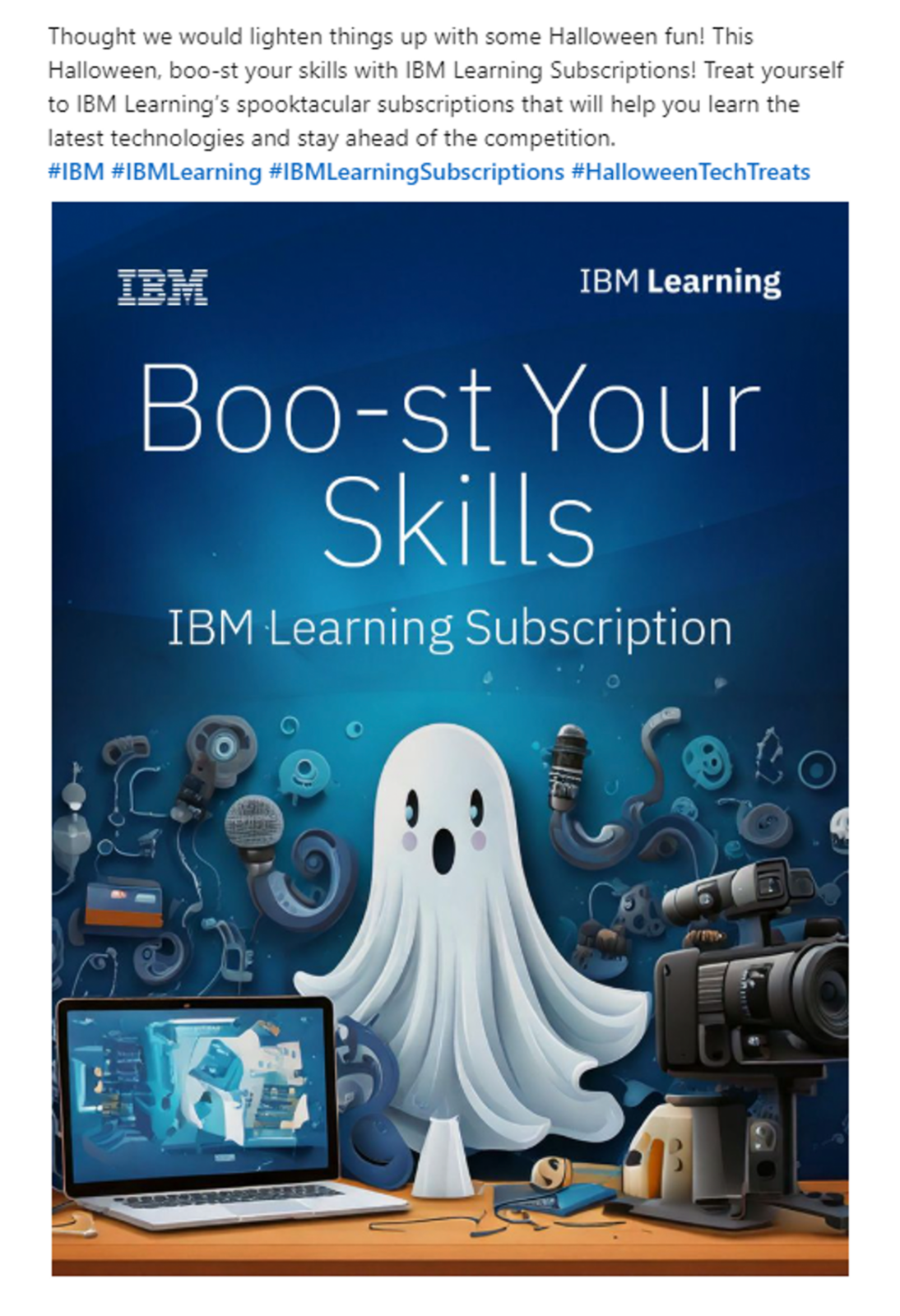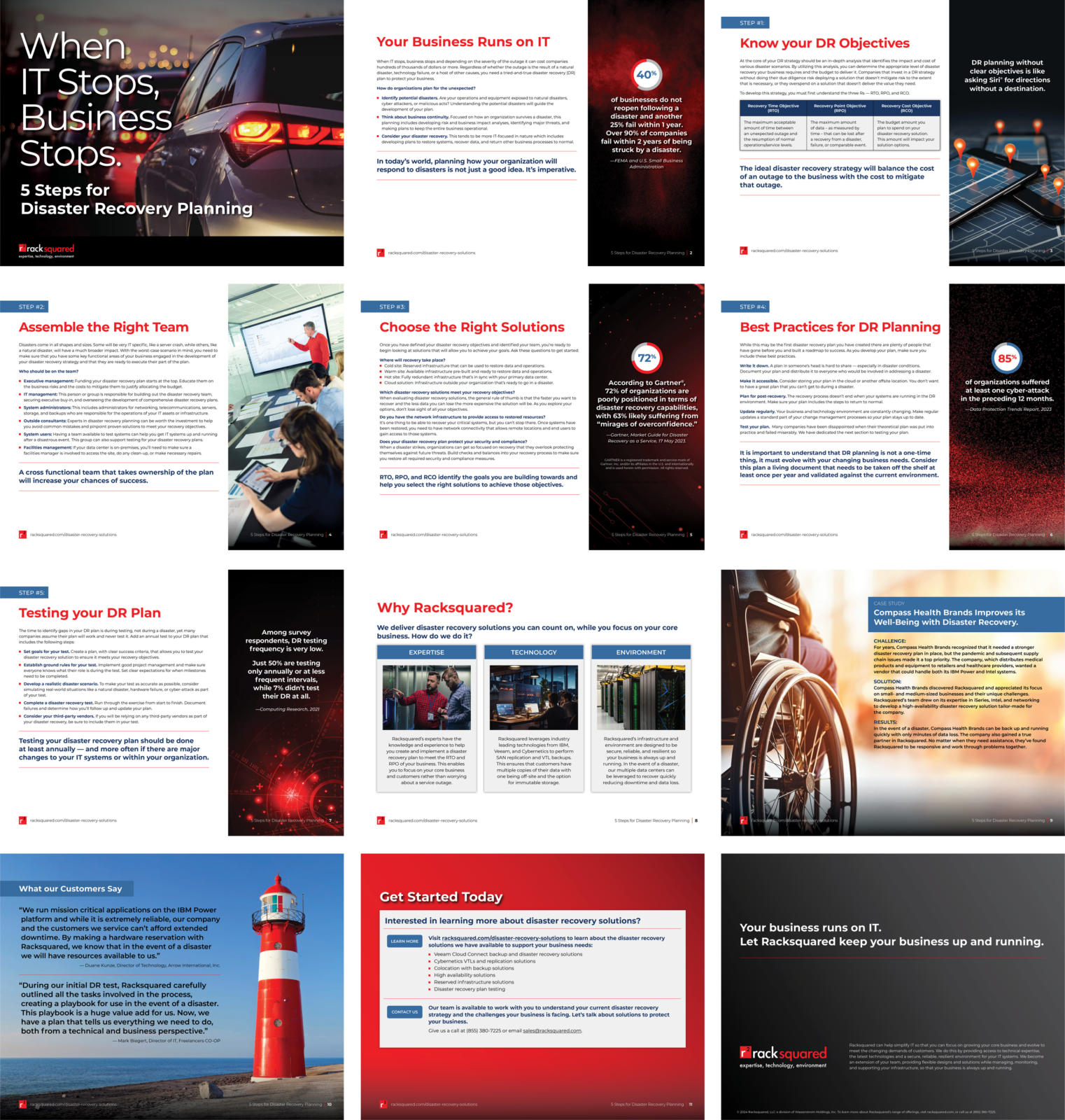The U.S. ad business is a $183 billion business, according to The Wall Street Journal. And each year, companies and nonprofit organizations spend a lot of time and effort to try to convince us to buy their products or support their causes. But while social media has given companies new ways to spread their messages, new ad-blocking technologies mean it can be harder to have your message seen. So what can we learn from the best—and the worst—of 2015’s advertising efforts?
Try something new to stand out.
In October, 2015, the number of people using ad-blocking software AdBlock Plus rose 23% from the prior year to 13.2 million people. TiVo’s introduction of Bolt, which allows you to skip entire commercial breaks, makes it even harder to get an audience for your ad. When you combine this new technology with the old technology (exemplified by those of us—including me– who record on DVRs so we can zoom through commercials), you need to find a new way for your message to stand out.
You can try what are called native ads—ads designed to blend in with the editorial look of the site or the publication, much like advertorials that mimic a magazine’s layout—or you can take the Taco Bell/Coca Cola/ Domino’s route and create your own emojis. But know that it is harder for your ad to find an audience. Unicef tried a new tactic in 2015, placing “unblockable ads” on a newspaper website in Sweden. If you visited the site using ad blocking software, you were greeted by a banner that read: “Children’s rights should never be blocked. Help us make their voices heard.” The agency who created the tactic, Edelman Deportivo, reported that nearly 10,000 people signed the children’s rights petition because of the ad and the publicity it received.
Expect a backlash if your ad is seen as sexist.
You’d think that in 2015—or 2016—confused messaging that can be seen as sexist would be a thing of the past. And you’d be wrong. So be sure that your creative team is looking at your new ad campaign from multiple points of view. Including a woman’s.
Bic probably led the list of offenders in 2015 with its “think like a man” ad in honor of National Woman’s Day (no, that’s not a joke.) The South African division of Bic celebrated National Woman’s Day with an ad featuring a woman smiling confidently into the camera with the copy: “Look like a girl, act like a lady, think like a man, work like a boss.” The social media backlash resulted in removal of the ad with apologies from Bic.
And then there was the Bloomingdale’s ad in their holiday catalog. It featured a smiling woman with her head turned, visible on one side of the page, being watched by a young man on the other side of the ad. The copy read: “Spike your best friend’s eggnog when they’re not looking.” According to Networked Insights, the ad generated over 15,000 social media comments, with about half of them being negative and only five percent being positive. Many interpreted the ad as endorsing date rape. Bloomingdale’s apologized and removed the ad.
A similar reaction greeted Bud Light’s #UpForWhatever campaign. The campaign, which was aimed at millenials and encouraged them to live life to the max, put labels on some of their bottles with a slogan that suggested that drinkers remove the word “no” from their vocabularies: “Perfect Beer for Removing “No” From Your Vocabulary for the Night.” Outrage followed as the slogan was interpreted as promoting rape. Budweiser apologized and removed the bottles from circulation.
Don’t assume the audience will think your ‘big idea’ is funny—or a good idea.
In a conference room somewhere in 2015, there was a creative team that decided they had a great way to promote the Amazon show, “Man in the High Castle,” which posits an alternative reality where Nazi Germany and Imperial Japan won WWII. So they painted the seats in subway cars in New York City with the Nazi coat of arms and the rising sun of Imperial Japan. People were not amused. The campaign drew condemnation from New York Governor Andrew Cuomo and New York City Major Bill de Blasio.
Or you may remember last year’s Super Bowl ad by Nationwide. This :45 piece featured an adorable child. As the ad unfolds, you learn that the child is dead because of a preventable household accident. According to The Wall Street Journal, this ad generated around 238,000 social media comments during the Super Bowl, some 60 percent of which were negative. But Nationwide stood by their guns—saying that if they had saved one child’s life it was worth it. And the intent was certainly more noble than Amazon’s campaign.
Stupidity will get you every time.
I must admit that often when I see an ad that seems particularly off-base—or just plain stupid—I think, “I would have loved to listen to the creative pitch for this one.” Because sometimes things are just so off that they are remarkable.
Case in point, the Under Armour T-shirt. The shirt was inscribed as “band of ballers,” and featured a silhouette of a group of basketball players raising a basketball goal. Rather like the famed photograph of U.S. soldier raising the flag on Iwo Jim. Where nearly 7,000 U.S. Marines lost their lives. Really? Under Armour pulled the ad and apologized.
Sometimes the mistake isn’t so much in the creative, it’s in not checking the details. Like the Heinz ketchup bottles with the QR codes that linked to a porn site (that is also not a joke.) Heinz ketchup bottles sold in Germany included a QR code that was supposed to link to an offer from Heinz. The only problem was that the domain was no longer owned by Heinz. It had become a porn site. The good news was that the lack of interest in following the QR code minimized the damage.
So what can we take away from all of these millions spent with good intent and sometimes unintended results?
Try new things. Don’t forget good taste when trying those new things or big ideas. Look at your campaign from multiple points of view—not just the point of view of the people who like the idea. And know that social media will nail you on it if those 1.5 billion people on Facebook, 400,000 on Twitter, and 300,000 on Instagram, etc., don’t like what you did.
Here’s to great advertising in 2016!




